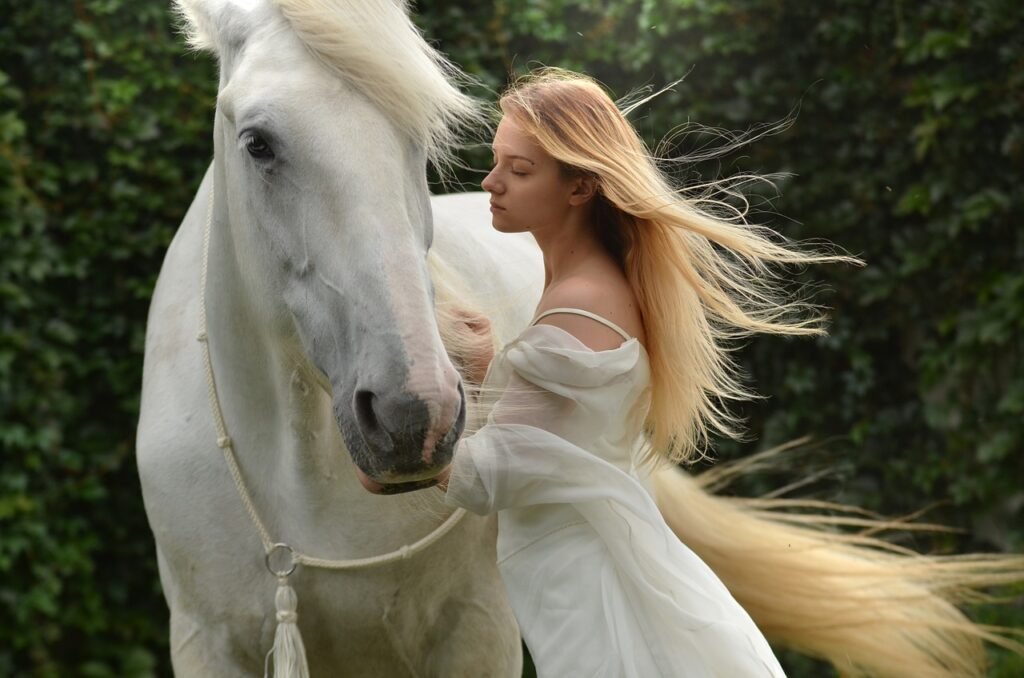Did you know that cats are classified as mammals? It may seem obvious, but let’s take a closer look at what makes these furry creatures a part of the mammalian group. From their warm-blooded nature to their ability to nurse their young, cats share key characteristics with other mammals. So, if you’ve ever wondered about the classification of these beloved pets, look no further – we’re here to explore the fascinating world of cats as mammals.
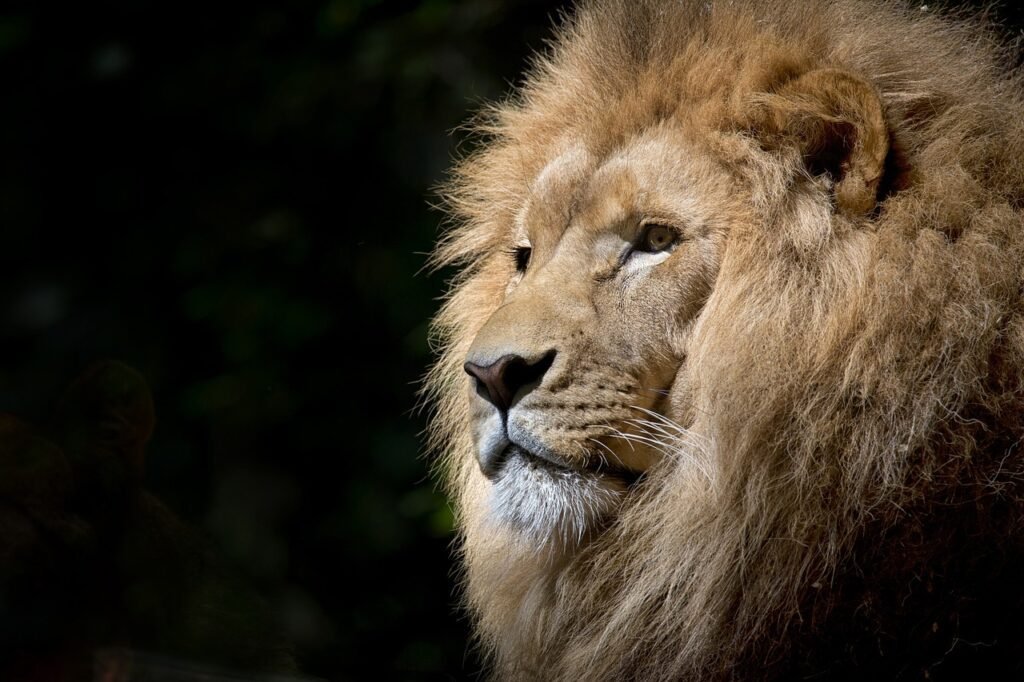

This image is property of pixabay.com.
What Defines a Mammal
Warm-Blooded
Mammals, including cats, are warm-blooded animals. This means that they have the ability to regulate their body temperature, keeping it constant regardless of the temperature of their surroundings. Unlike cold-blooded animals, such as reptiles, mammals can maintain a stable internal body temperature, which allows them to thrive in a wide range of environments.
Hair or Fur Covering
One of the defining characteristics of mammals is the presence of hair or fur covering their bodies. Cats, like other mammals, have a unique and diverse coat of fur. This fur serves various functions, including insulation, protection from the elements, and camouflage.
Producing Milk
Another crucial characteristic of mammals is their ability to produce milk to nourish their young. Female cats, known as queens, nurse their kittens with milk produced by their mammary glands. This behavior is not exclusive to cats, as most mammals exhibit lactation as a way to provide essential nutrients to their offspring during the early stages of their development.
Live Birth
Mammals are viviparous, meaning they give birth to live young rather than laying eggs. This is true for cats as well, as they give birth to fully developed kittens after a period of gestation. Live birth allows mammals to provide better protection and care for their offspring, increasing their chances of survival.
Categorizing Cats
Felidae Family
Cats belong to the Felidae family, which is a diverse group of carnivorous mammals. This family includes various species of cats, such as tigers, lions, leopards, cheetahs, and domestic cats. Felidae is one of the most recognizable and well-known families of mammals, characterized by their sharp retractable claws and remarkable hunting abilities.
Subfamily Felinae
Within the Felidae family, cats are further classified into the subfamily Felinae. This subfamily includes smaller cats, such as domestic cats, as well as medium-sized wild cats like lynxes and cougars. Felinae cats are known for their agility, adaptability, and solitary nature.
Genus Felis
The genus Felis encompasses the small to medium-sized cats, with the domestic cat (Felis catus) being the most well-known and widely recognized member of this genus. Domestic cats, as part of the Felis genus, share similar physical characteristics and behaviors, distinguishing them from other members of the Felidae family.
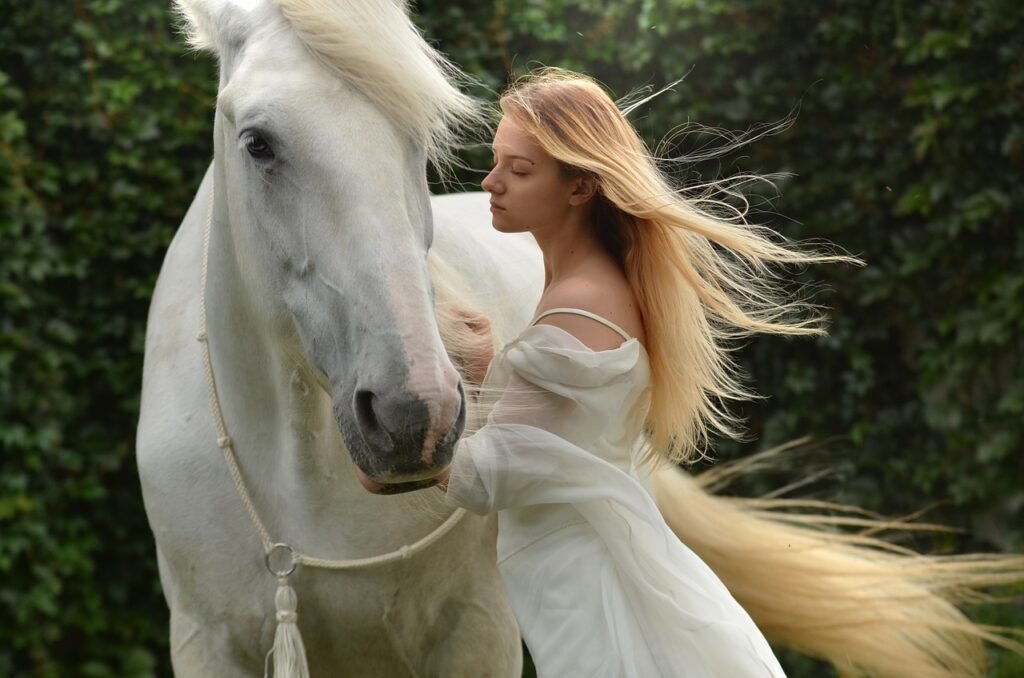

This image is property of pixabay.com.
Physical Characteristics
Fur and Hair
Cats have a unique variety of fur patterns and textures. From the sleek, short fur of a Siamese cat to the dense, long fur of a Maine Coon, the fur of a cat serves various purposes. It provides insulation against the cold, protects the cat’s skin from injuries and UV radiation, and helps with camouflage when hunting prey or avoiding predators.
Ears and Hearing
Cats have a keen sense of hearing, thanks to their specialized ears. Their ears are designed to detect high-frequency sounds, which allows them to locate small prey or hear the faintest sounds of danger. Cats can rotate their ears independently, enabling them to pinpoint the direction of a sound source accurately.
Teeth and Dentition
The teeth of cats are adapted for their carnivorous diet. They have sharp, pointed canine teeth for capturing and killing prey, as well as premolars and molars for tearing and chewing meat. Cats also have a set of incisor teeth for grooming and nibbling on their food.
Vision and Eyes
Cats possess excellent vision, particularly in low light conditions. Their eyes have specialized structures, such as the tapetum lucidum, which reflects light back through the retina, enhancing their night vision capabilities. The slit-shaped pupils of cats also allow them to adjust the amount of light entering their eyes, enhancing their focus on prey during hunting.
Reproductive System
Internal Fertilization
Like other mammals, cats practice internal fertilization. This means that fertilization occurs inside the body of the female, as a result of mating with a male. The male cat’s reproductive organs produce sperm, which is then transferred to the female’s reproductive tract during copulation.
Gestation and Pregnancy
After successful fertilization, cats undergo a period of gestation, which typically lasts between 63 to 66 days. During pregnancy, the fertilized eggs develop into embryos inside the mother’s uterus. The mother provides the necessary nutrients and support for the growing embryos until they are ready to be born.
Lactation and Nursing
Once the kittens are born, the mother cat begins lactating, producing milk to nourish her young. This allows the kittens to grow and develop properly during their early stages of life. Nursing is not only a source of nutrition but also establishes important bonding and social interactions between the mother cat and her offspring.
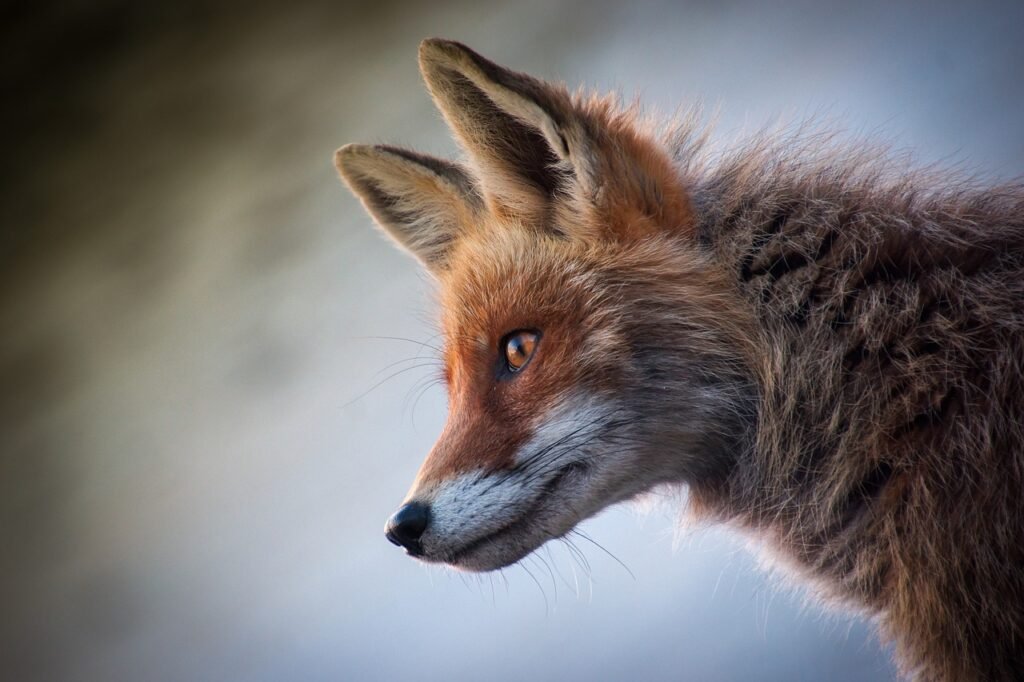

This image is property of pixabay.com.
Comparing Cats to Other Mammals
Carnivorous Nature
Cats, like many other members of the Felidae family, are carnivores. Their sharp teeth, claws, and hunting instincts make them skilled predators. Their diet consists mainly of meat, and their bodies are adapted to efficiently digest and metabolize animal proteins.
Survival Adaptations
Cats have evolved various survival adaptations that enable them to thrive in a wide range of environments. Their retractable claws provide better traction and control when climbing or hunting. Cats’ flexible spines and muscular bodies allow them to leap and pounce with precision and agility, giving them an advantage when pursuing prey or evading predators.
Size and Weight Variations
Cats display a wide range of sizes and weights within the Felidae family. From the small domestic cat, weighing just a few pounds, to the majestic tiger, weighing several hundred pounds, the size and weight variations among cats reflect their diverse habitats and ecological roles.
Camouflage and Coat Patterns
The coat patterns and colors of cats are not merely aesthetic but also serve important functions. From the stripes of a tiger that help it blend into its grassland surroundings, to the spots of a leopard that provide camouflage in forested areas, the coat patterns of cats aid in their survival and hunting strategies.
Evolutionary History
Ancestors of Cats
The ancestors of modern-day cats can be traced back to small, tree-dwelling mammals known as miacids. These primitive mammals lived over 40 million years ago and are considered the early progenitors of the Felidae family. Over the course of millions of years, these miacids evolved into various cat-like species, eventually giving rise to the diverse feline species we know today.
Lineage of Felidae
The Felidae family has a long evolutionary lineage, with fossil evidence dating back over 25 million years. Throughout this vast timeline, the family has evolved and diversified, adapting to different environments and ecological niches. From the ancient saber-toothed cats to the modern-day domestic cats, the lineage of Felidae showcases the remarkable evolutionary journey of these mammals.
Common Ancestors with Other Mammals
While cats have their unique evolutionary history, they also share common ancestors with other mammals. The order Carnivora, to which cats belong, includes diverse carnivorous mammals such as dogs, bears, and seals. These shared ancestors provide insight into the broader evolutionary context of cats and their relationships within the animal kingdom.
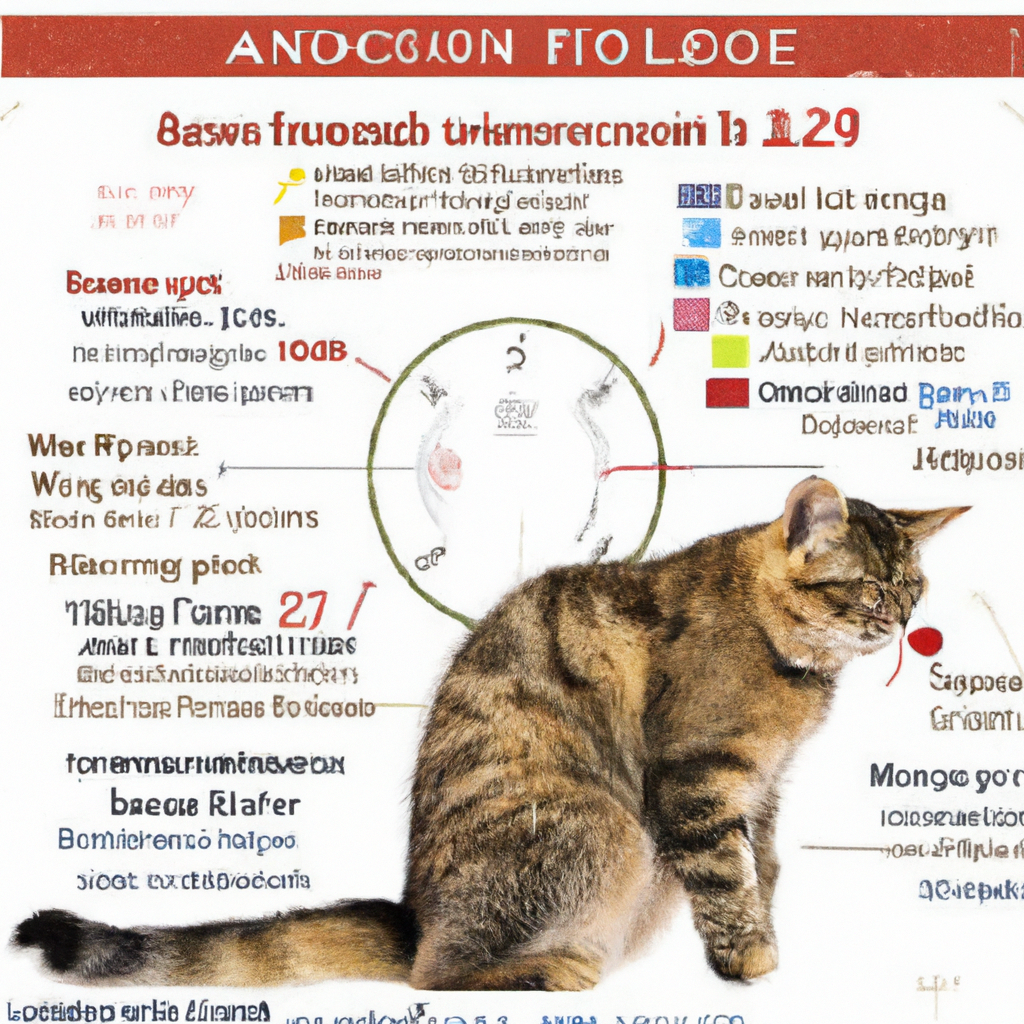

Ecological Role
Predatory Behavior
Cats, as natural predators, play a vital role in maintaining ecological balance. Their hunting behavior helps control populations of rodents and small mammals, preventing overpopulation and potential damage to ecosystems. By keeping prey populations in check, cats contribute to the overall health and stability of their respective habitats.
Population Regulation
In addition to their role as predators, cats also contribute to population regulation within their own species. Competition for resources, such as territory and food, leads to natural selection pressures that dictate the size and distribution of cat populations. This self-regulation plays a critical role in maintaining the population balance of cats in different environments.
Interactions in Ecosystems
Cats interact with various species in their ecosystems, both as predators and prey. Their presence can influence the behavior and distribution of other animals, shaping the dynamics of the ecosystems they inhabit. Their hunting activities can have cascading effects on the abundance and distribution of prey species, influencing the entire food web within an ecosystem.
Domestication of Cats
Historical Background
The domestication of cats is believed to have occurred around 4,000 years ago in ancient Egypt. Unlike the deliberate domestication of other animals for specific purposes, such as dogs for hunting or livestock for agriculture, cats were likely attracted to human settlements due to the presence of rodents, which led to a mutually beneficial relationship between cats and humans.
Commensal Relationship
The relationship between humans and domestic cats is often described as commensal. Cats provide pest control services by hunting rodents, while humans offer food, shelter, and companionship to cats. This mutually beneficial relationship has persisted for thousands of years, leading to the widespread presence of domestic cats in households across the globe.
Characteristics of Domestic Cats
Domestic cats, due to their long history of selective breeding and coexistence with humans, have developed specific traits that differ from their wild counterparts. They exhibit a wide range of physical characteristics, coat colors, and personalities. Domestic cats also display unique behavioral traits, such as increased sociability and affinity for human companionship.
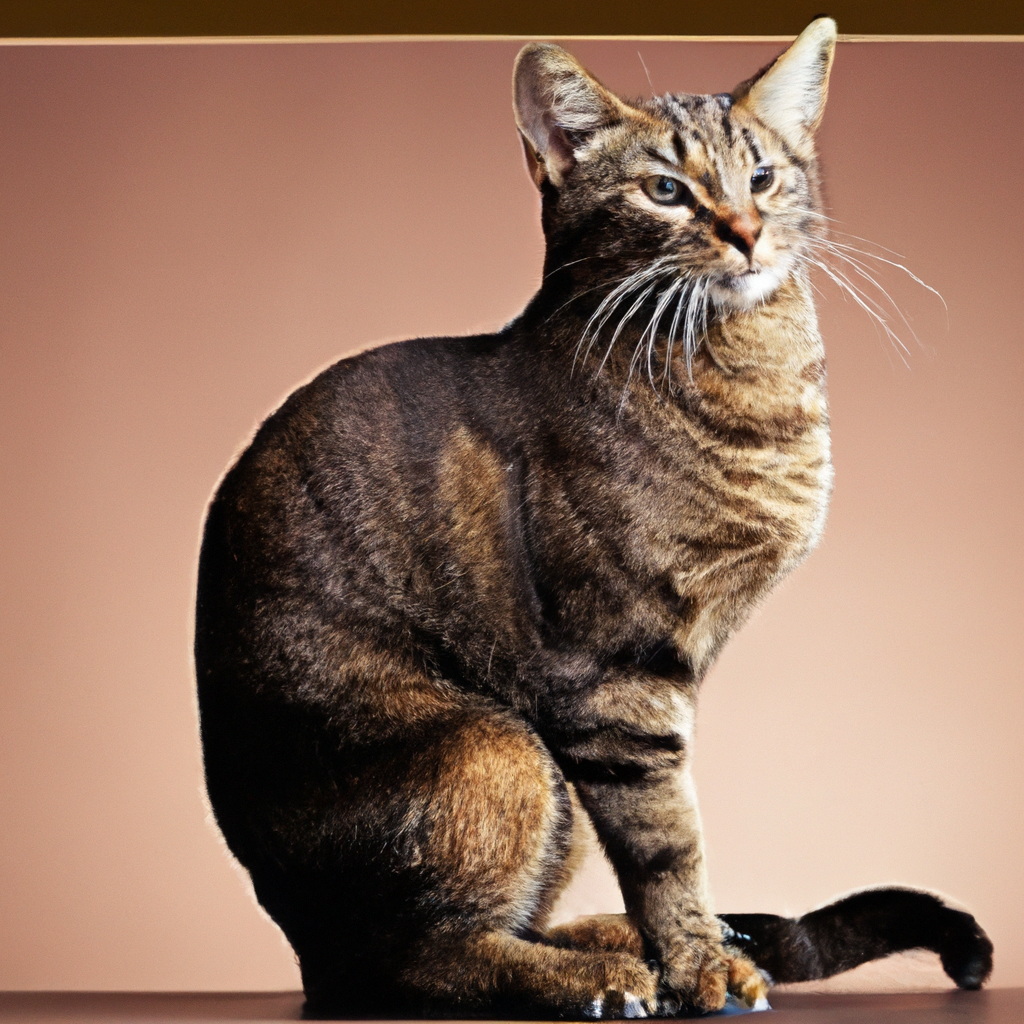

Health and Behavior
Life Expectancy
The average life expectancy of domestic cats varies depending on various factors, such as genetics, diet, healthcare, and living conditions. On average, well-cared-for domestic cats can live anywhere from 12 to 20 years, with some even surpassing 20 years of age. Regular veterinary care, proper nutrition, and a safe environment contribute to a cat’s longevity.
Social Structure
Domestic cats, unlike some social species, are generally solitary animals. While they may form social bonds with other cats or humans, they retain their independent nature. However, cats living in multi-cat households or feral cat colonies can establish social hierarchies and exhibit communal behaviors.
Communication
Cats communicate using a combination of vocalizations, body language, and scent marking. Meowing, purring, hissing, and growling are some of the vocalizations they use to convey their needs and emotions. Body posture, tail movements, and facial expressions are vital forms of non-verbal communication among cats.
Hunting and Feeding
Even in domestic settings, cats maintain their hunting instincts. They may engage in stalking behavior, pouncing on toys, or attempting to catch small prey such as insects or rodents. Providing interactive play and feeding strategies that mimic natural hunting behaviors can help satisfy their predatory needs.
Human Interaction
Cultural Significance
Cats hold a significant place in human culture and history. They have been revered and worshiped in ancient civilizations, such as ancient Egypt, where they were associated with gods and depicted in artwork. Cats continue to be a symbol of mystery, independence, and companionship, affecting art, literature, and popular culture worldwide.
Domestic Cat Ownership
Owning a domestic cat is a widespread and cherished practice in many parts of the world. Cats are kept as pets for companionship, stress relief, and emotional support. They offer affection, entertainment, and can become valued members of households, forging deep bonds with their human caregivers.
Conservation Efforts
While domestic cats are well-cared for, the conservation of wild feline species is of great concern. Many big cat species are threatened or endangered due to habitat loss, poaching, and human-wildlife conflicts. Conservation efforts, such as wildlife protection, habitat restoration, and anti-poaching campaigns, aim to safeguard the survival of these majestic creatures.
In conclusion, cats are fascinating mammals that possess unique physical characteristics, reproductive systems, and ecological roles. Their domestication history and interactions with humans have created an enduring bond between cats and people. Understanding the traits and behaviors of cats enhances our appreciation for these remarkable creatures and inspires conservation efforts to protect their wild counterparts.

